Armed Forces
5th Artillery Regiment Conducts Live Fire Testing of the Krab Howitzer
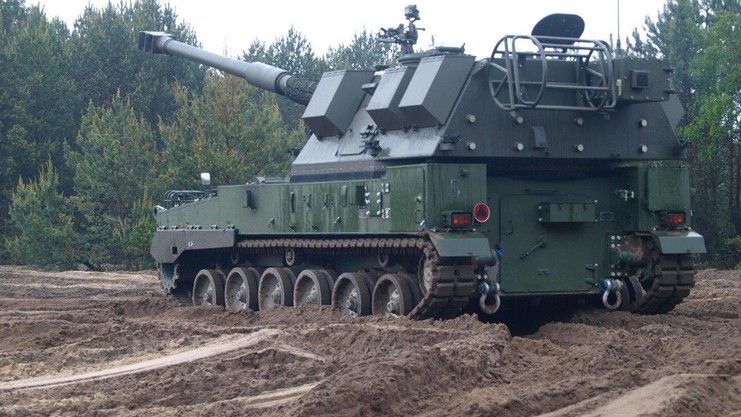
Nowa Dęba Land Forces Field Training Facility was the place where the 5th “Lubuski” Artillery Regiment carried out a two-weeks long training involving the new Krab platform. The activities came to an end on Friday, 24th May. Under guidance and with support of the HSW S.A. employees, the soldiers were firing their Krab howitzers for the first time. Notably, the 5th Artillery Regiment has been operating the Krab system for a few weeks now.
The equipment that constitutes the inventory of the first battery of the first DMO (Squadron Fire Module) element, also known as Regina, was formally handed off to the user at the Sulechów garrison on 25th March. Alongside 8 Krab sphs the regiment also received the support vehicles: ammunition carriers (WA), command vehicles and staff/command vehicles (WD/WDSz) and armament and electronics repair vehicles (WRUE). For a few weeks the soldiers were getting acquainted with the new platforms and underwent training in actions, operations and procedures that one needs to know to employ the howitzer in field conditions. The above constituted a good addendum to the intensive theoretical training programme organized for the crews, provided at the HSW S.A. facility. The training activities above are covered by the contract signed in December 2016, concerning the acquisition of four Regina modules for the Polish military.
This first fire training constitutes the last, summarizing stage of the 6-weeks long training activities carried out at the manufacturer’s facility. The initial 2 weeks involved individual training activities. The next 4 weeks were focused on crew integration. The current phase is a conventional artillery training event the goal of which is to act against the targets, with firing rounds in order to obtain a proper accuracy before actually hitting the target and trying to hit it without firing any rounds beforehand. The training programme included firing the rounds autonomously, by individual crews, then in platoons, and then, as a whole battery. Each of the crews has 3-4 fire missions assigned, firing 3-4 rounds during each of the assigned tasks.
The first live fire training organized for the crews of the first and second battery of the squadron took part at the Nowa Dęba range, just 40 kilometres from the HSW S.A. facility. Alongside the Sulechów regiment troops, future instructors hailing from the Artillery and Armament Training Centre in Thorn (Toruń) also took part in the live fire training event. The training was conducted with the use of live rounds delivered by the ZM Dezamet facility based in Nowa Dęba. Considering the size of the field training area that was made available for training, and with consideration given to the safety matters, the rounds were fired with the use of the first, and the weakest propelling charge, allowing the user to hit targets at distances of 6-6.5 kilometres.
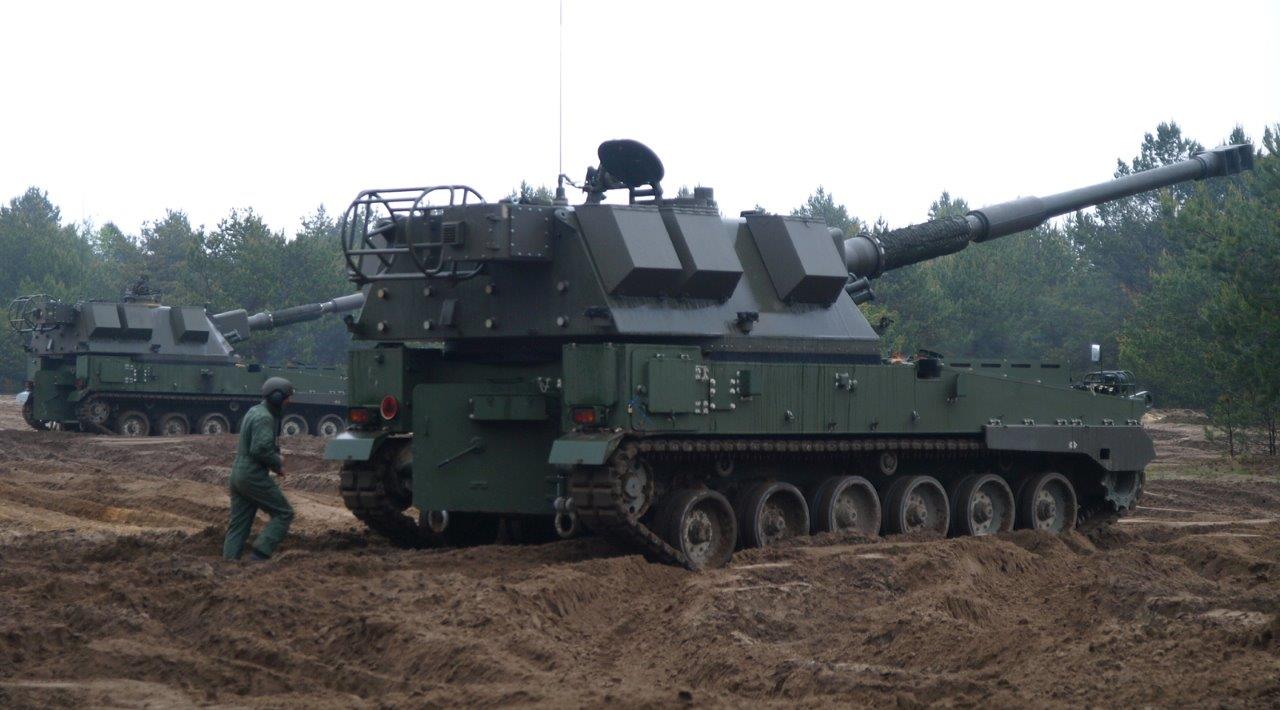
The troops had full inventory of the second battery of the 5th Regiment at their disposal: 8 Krab howitzers and WD, WDSz, WRUE and WA vehicles. The equipment mentioned above, following the training activities, would be returned to HSW S.A. where it would undergo final painting (camouflaging) and final technical inspection prior to shipping to Sulechów. This is scheduled to happen in a few weeks. The Krabs would be formally handed off to the military then as well.
As the Krab is included in the regiment’s inventory, the Polish military would possess forty 155 mm artillery assets. Delivery of the last, third battery is scheduled in October. This would finalize the process over the course of which the 2nd self-propelled artillery squadron of the 5th “Lubuski” Artillery Regiment receives all of its inventory. After the equipment is received by the end of 2019, Poland would have two 24-unit squadrons at its disposal, using the NATO-standard 155 mm ammunition. Preceding the Sulechów regiment, the first “implementation” Regina module had been received by the 11th Artillery Regiment based in Sulechów.
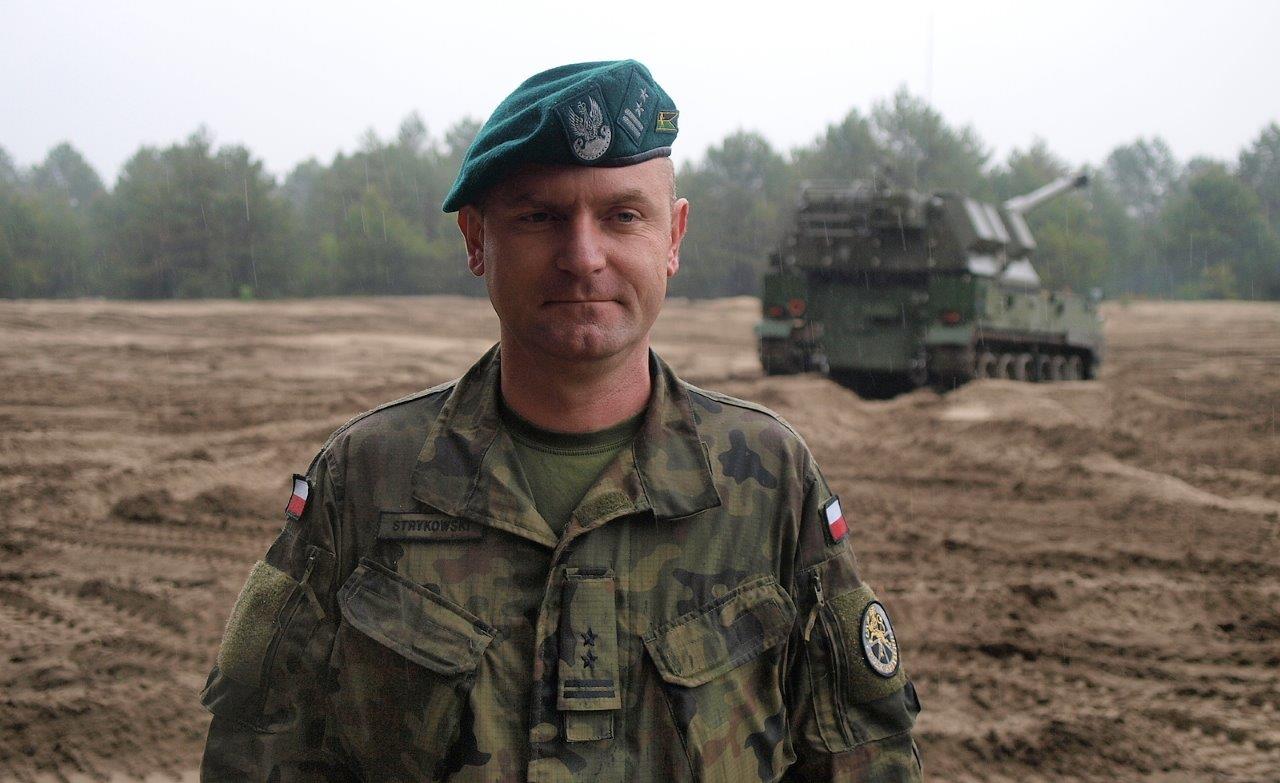
Lt. Col. Przemysław Strykowski admits that when the unit was getting ready to take over the equipment, he and commanders of the individual Krabs were making use of the experience gathered by their colleagues when operating the Krab sphs and the remaining components of the Squadron Fire Modules. The remarks were also provided to the manufacturer which resulted in enhancement of the systems on the basis of the remarks relevant from the user point of view. This cooperation model between the military and the manufacturer is considered to be a benchmark by the soldiers. It is also a good illustration of the “implementation module” term associated with the equipment that has been introduced into use in the 11th “Mazurski” Artillery Regiment since November 2012.
The artillerymen involved in training at the Nowa Dęba range have got significant amounts of experience gathered when working with other artillery assets of the 5th “Lubuski” Artillery Regiment, including 2S-1T Gvozdika and Dana-T howitzers and BM-21 and WR-40 Langusta rocket launchers. The Krab commanders have up to several years of service in their resumes, in the artillery component, with average command position experience of 6 years.
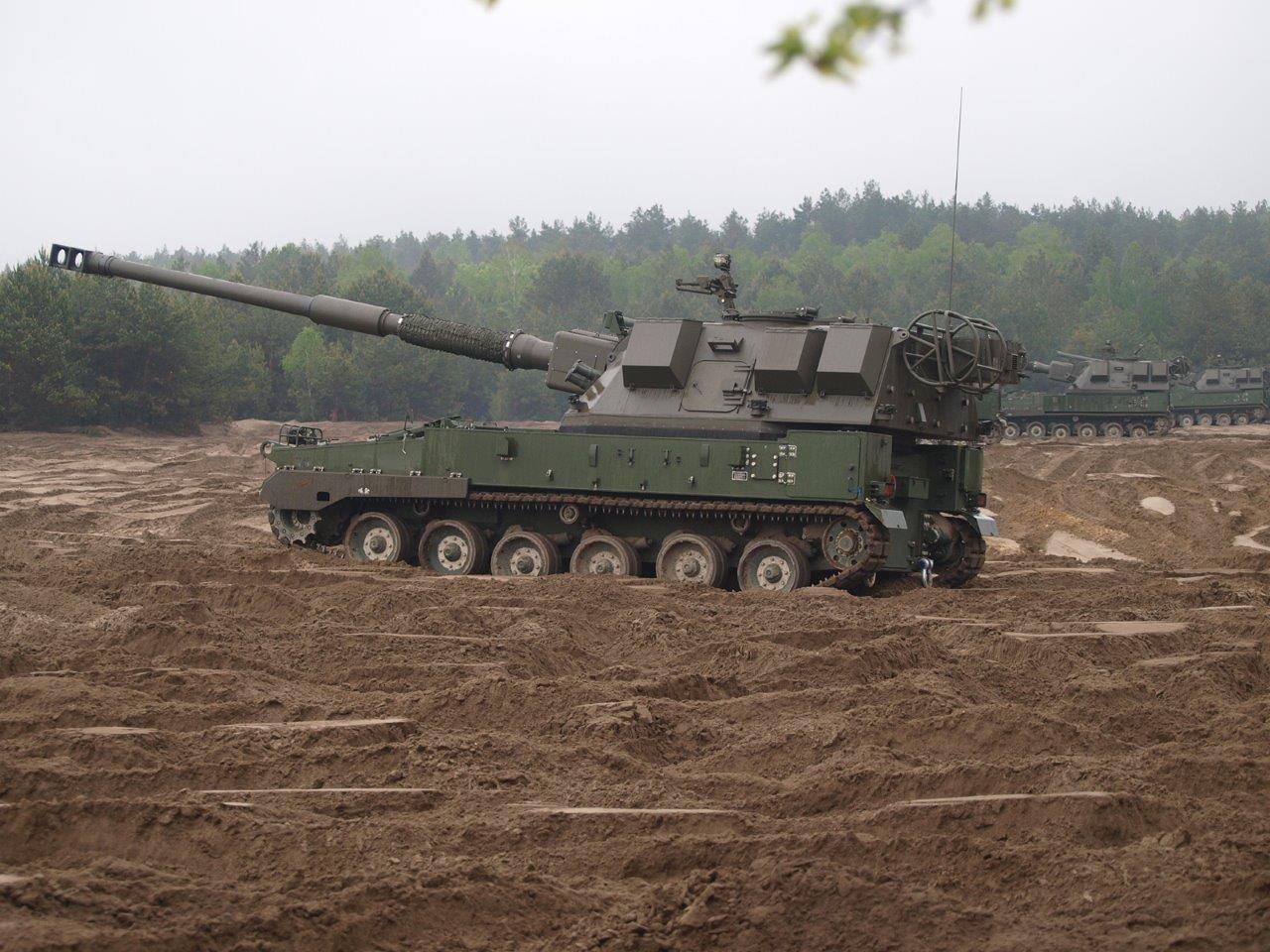
The squadron commander claims that the progress made is fairly good. Undoubtedly, the fact that the artillerymen of the Sulechów-based regiment were working on Dana and Gvozdika platforms integrated with the Topaz system also comes in handy, in smooth transition to the new howitzer.
The system in question is evolving, it is being developed and the Krab sph solution offers capabilities that are much greater than those from Gvozdika or Dana, that are known to us. However, it is a system that the soldiers know, so they do not have to learn how to use it from scratch. We do appreciate the automation of most of the procedures related to carrying out the tasks, that is incredibly effective. The latest iteration of the Topaz system provides the sph commander with capabilities that are identical to those available to the platoon or battery commander.
The soldiers praise both the Krab as well as the Regina system as a whole, and the new level achieved when it comes to ergonomics, safety and broadly understood OHS. They also place a major emphasis on the spacious interior of the Krab, as well as its ventilation systems or ballistic protection, offering a much higher level of safety.
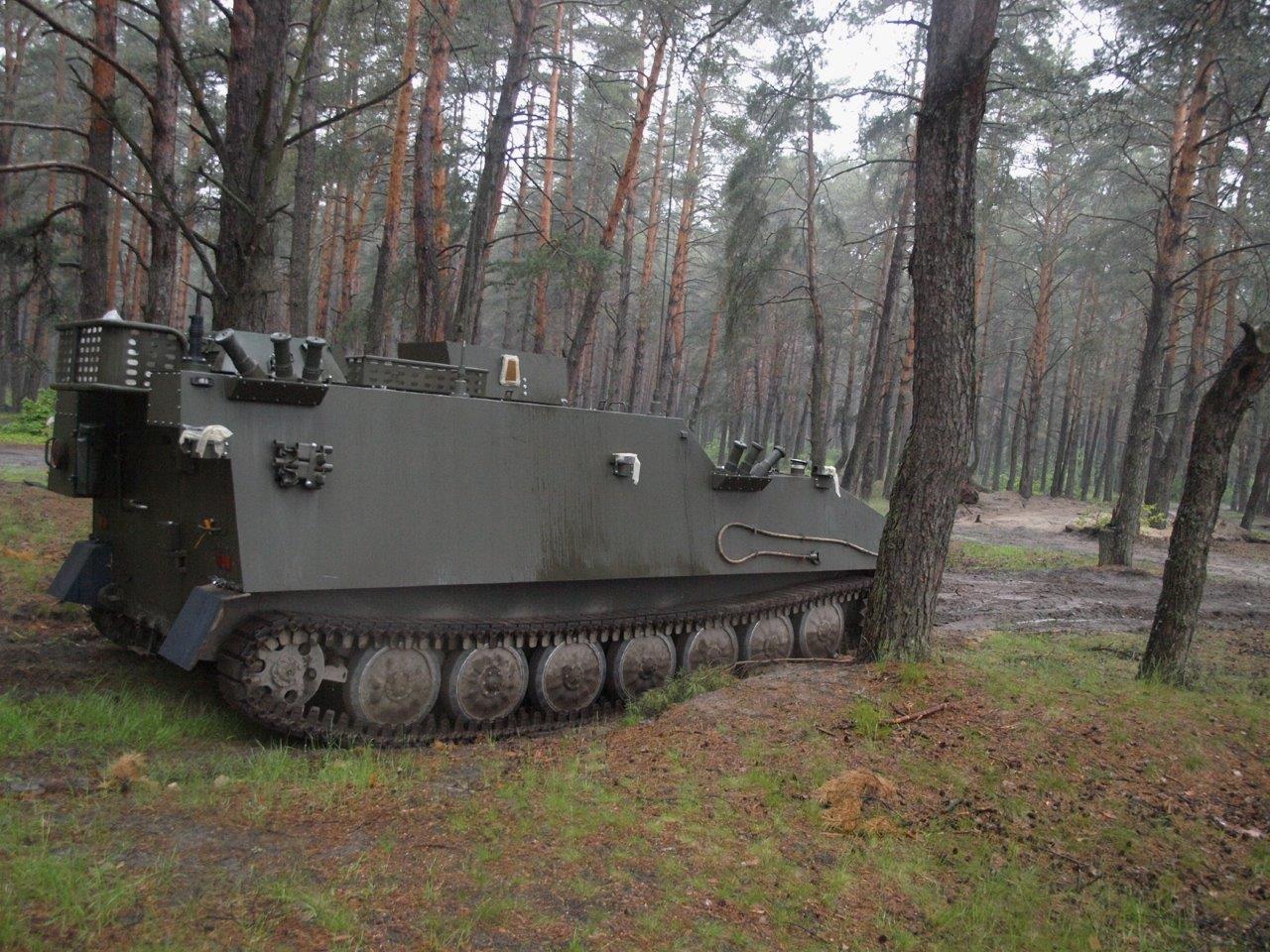
The solutions allowing the soldiers to take their personal equipment with them, when manning the howitzer, are also spoken of positively. These improve the field and combat conditions autonomy. Same applies to the embedded meal heater units. All of the facilities above greatly increase the operational comfort.
So far, most of the artillery training involving the Krab howitzer has a preliminary profile. Good results are not the primary goal. The soldiers are to gain proper proficiency and get used to execution of mission in an autonomous manner by a single cannon, working at platoon, battery and squadron levels.
Czytaj też: Defence24 DAY: Breaking the Impasse. A Modern Land Warfare System for the Polish Armed Forces
MRSI mode training is also done without firing the live rounds. A larger training area is required to carry out such activities in a live setting. A different range is also needed to fire the rounds with the sixth, most powerful charge. Exercise like that recently took place at the shore of the Baltic Sea, and it involved the Węgorzów-based unit.
The Sulechów regiment command is already planning the next live-fire event that is to be conducted jointly with intensive field training. The event that is going to happen as the first one is scheduled to take place in Drawsko Pomorskie in September. However, at least 3 field training sessions are to take place per annum. As stressed by Lt. Col. Strykowski, the commanders are ambitious, and hitting the target with the second round is not really an impressive feat for them.
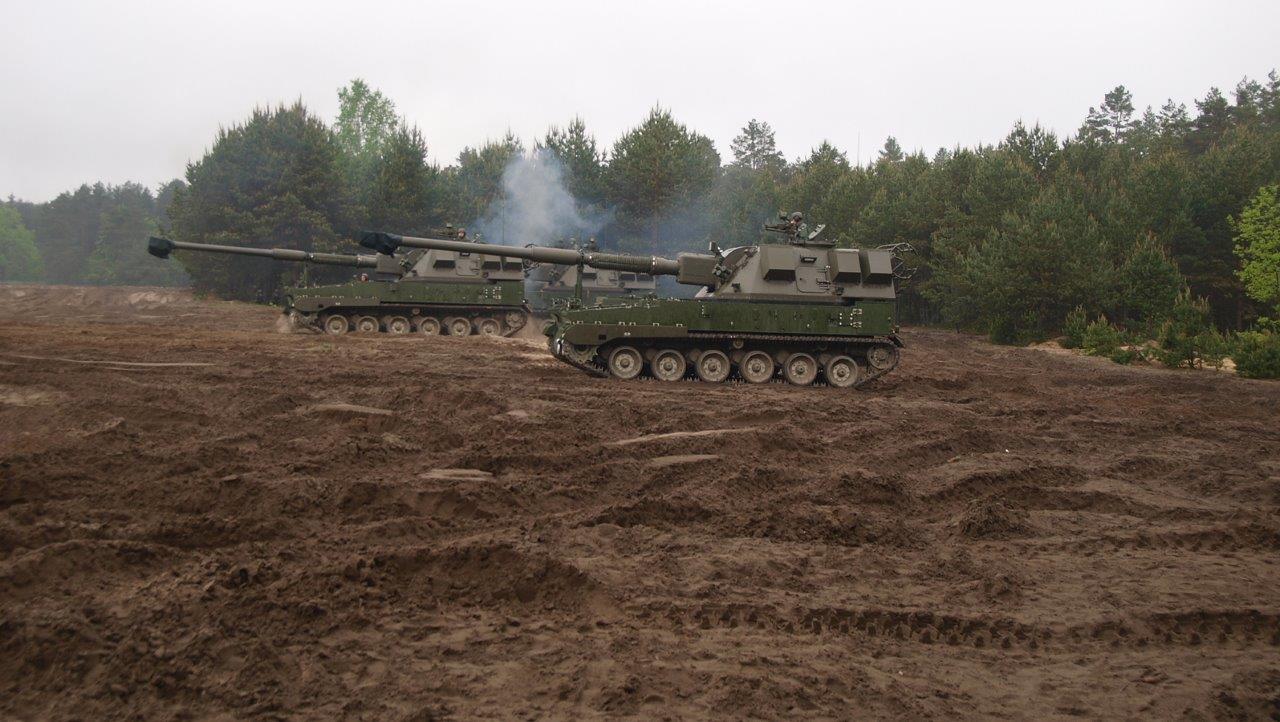
Krab makes it possible to hit the target with the first round, the artillerymen say. This, along with the MRSI option, makes it possible to fire 72 rounds in one minute, with all those rounds hitting the target at once, if the whole squadron is employed. Obviously, the above also comes with an assumption that all recce assets are used, including the FlyEye UAV and Liwiec firefinder radar.
Introduction of the Krab systems is just the beginning of revolution in modernization of capabilities and infrastructure of the Polish military.
Adoption of the Regina module along with the modern command support systems, as well as target detection and designation solutions, along with the logistics system became a major investment challenge - similarly as in case of the 11th Regiment. A new infrastructure, with new garages and high quality tools as well as social amenities is being created quickly. The build process has begun from a scratch, last November.
Another step would be to create own firing range allowing the unit to carry out the live fire training without a need to deploy the equipment to other, remote locations of adequate parameters. Thus, the range could be used to carry out live fire training activities in a manner similar as in Nowa Dęba. This would provide an intermediary solution to another problem: the lack of semi-trailers that would make it possibly to rapidly move the equipment such as the Regina assets around the country. Krab howitzer is the heaviest element of the module, weighing 48 tonnes.
Read More: US Military Impressed by a Polish artillery ISR System. No Purchases Planned for the Polish Army
The soldiers remain careful when speaking of the time needed by the squadron to reach full combat readiness. It needs to be reached at a couple of levels, ranging from proficiency of the individual crews, cooperation proficiency at the platoon, battery and squadron levels to training in working with the logistic and technical support assets in an efficient manner. The 5th “Lubuski” Artillery Regiment is still having the Gvozdika sphs at its disposal, that still offer some combat capabilities. Those howitzers have been manufactured at HSW, between 1985 and 1988. Until the whole Regina module is introduced, they will ensure training continuity. What their fate would be, once the soldiers transition to Krabs completely? They may be decommissioned, put in long term storage or received by other artillery units that have legacy equipment at their disposal now.
Jerzy Reszczyński
